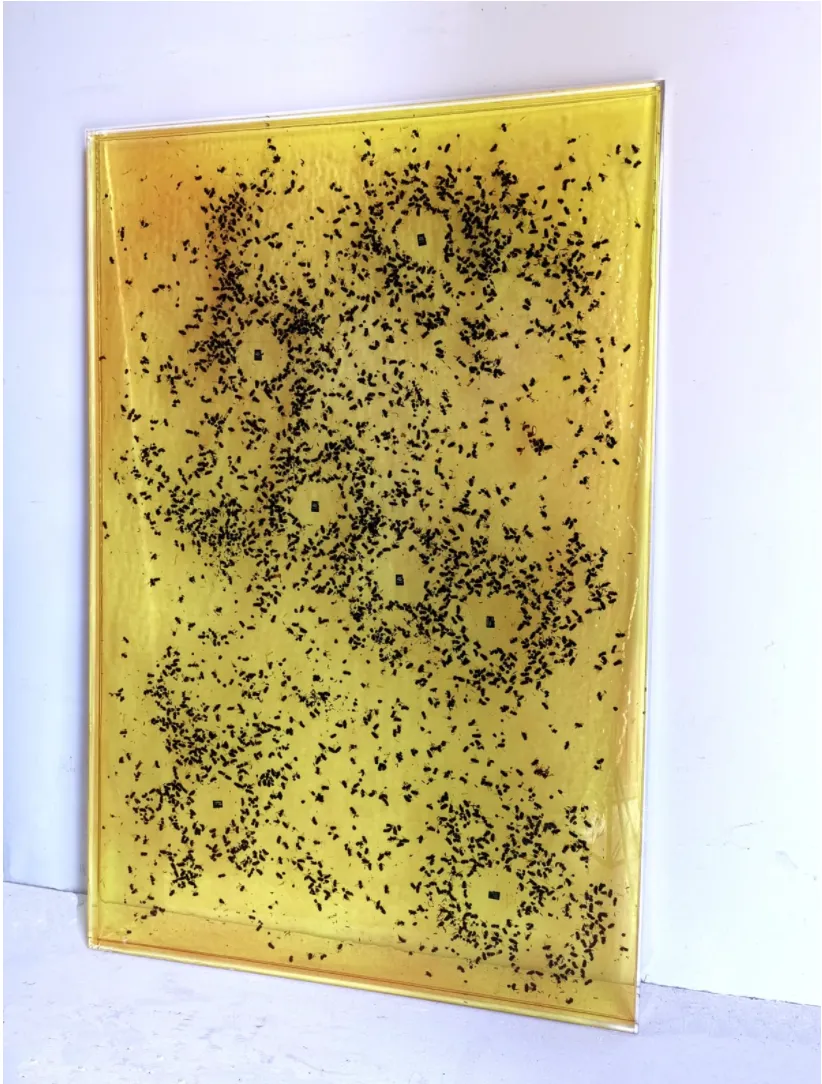Italy, the cradle of the Renaissance, is a dream destination for art lovers. Beyond its museums and galleries, Italy is renowned for its vibrant art auctions, where unique works are exchanged and celebrated. Want to immerse yourself in this atmosphere? This article will share tips to help you confidently and effectively participate in art auctions in Italy.
Discovering the Art Auction Scene in Italy
Art auctions in Italy are not just places to buy and sell artworks; they are a cultural phenomenon where history meets art. Auction houses such as Christie’s and Sotheby’s regularly host significant events that capture the attention of collectors and art enthusiasts worldwide.
Finding Information About Upcoming Auctions
The first step is to search for information on upcoming art auctions in Italy. You can find this information on:
- Major auction house websites: Christie’s, Sotheby’s, Cambi Casa d’Aste.
- Art-focused websites: Artsy, Artnet.
- Art journals and magazines: The Art Newspaper, Artforum.
Information you need includes:
- Time and place: Ensure you know when and where the auction will be held.
- Catalogue of artworks: Review the list of artworks to be auctioned to identify those you’re interested in.
- Contact information: Save the contact details of the auction house for support when needed.
Researching Artworks
Before participating in an auction, spend time thoroughly researching the artworks you are interested in. This helps you assess their value accurately and avoid purchasing fakes or poor-quality items.
- Learn about the artist: Study the biography, style, and well-known works of the artist.
- Evaluate the artwork’s condition: Carefully inspect the artwork’s condition, including materials, dimensions, and any signs of damage (if any).
- Consult experts: If necessary, seek advice and objective evaluations from art experts.
Preparing Finances
Art auctions can be highly competitive, so prepare your finances thoroughly before participating. Determine the maximum budget you are willing to spend on each artwork and stick to it rigorously.
- Learn about estimated prices: Auction houses usually provide estimated prices for each artwork. Use this information for your financial planning.
- Calculate additional costs: Besides the purchase price, factor in costs such as taxes, insurance, and shipping.
Participating in the Auction
Once you’re fully prepared, you can confidently join the auction. Here are some tips for success:
Register to Participate
Before joining an auction, you need to register with the auction house. The registration process usually involves providing personal information and proving your financial capability.
- Online registration: Many auction houses allow online registration through their websites.
- In-person registration: You can also register directly at the auction venue.
Placing Bids
During the auction, you can place bids in two ways:
- Bid directly: You can make direct bids when the auctioneer calls for offers.
- Place absentee bids: If you can’t attend in person, you can authorize the auction house or place bids online.
Stay Calm and Decisive
Auctions can be high-pressure situations, so stay calm and decisive. Don’t let emotions take over, and always adhere to your budget.
- Observe competitors: Monitor other bidders to assess the situation and make suitable decisions.
- Don’t be afraid to walk away: If the price exceeds your budget, don’t hesitate to step back. There will always be other opportunities in the future.

Tim Zdey’s “ON THE ROAD AGAIN” was created from a scrap Citroën ZX door, showcasing creativity in using recycled materials, a growing trend in the art world.
Important Considerations
- Verify authenticity: Always check the authenticity of a piece before purchasing. Request the auction house to provide certification and related documentation.
- Read terms and conditions: Carefully read the terms and conditions of the auction to understand your rights and obligations.
- Understand legal affairs: Learn about the laws related to buying, selling, and importing/exporting artworks in Italy.

Jesu Moratiel’s “Look, they are fairies,” incorporating dead bees, is not only a unique piece of art but also conveys a message of appreciating nature and life, a theme increasingly relevant in today’s environmental climate.
Conclusion
Participating in art auctions in Italy is an exciting and memorable experience. By thoroughly preparing and following the above principles, you can increase your chances of acquiring unique and valuable artworks. Good luck on your journey to explore the art world in Italy!